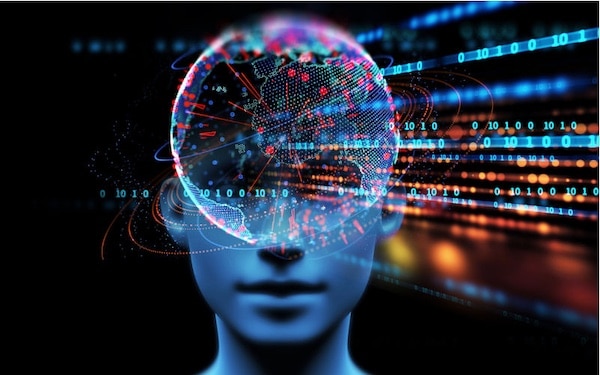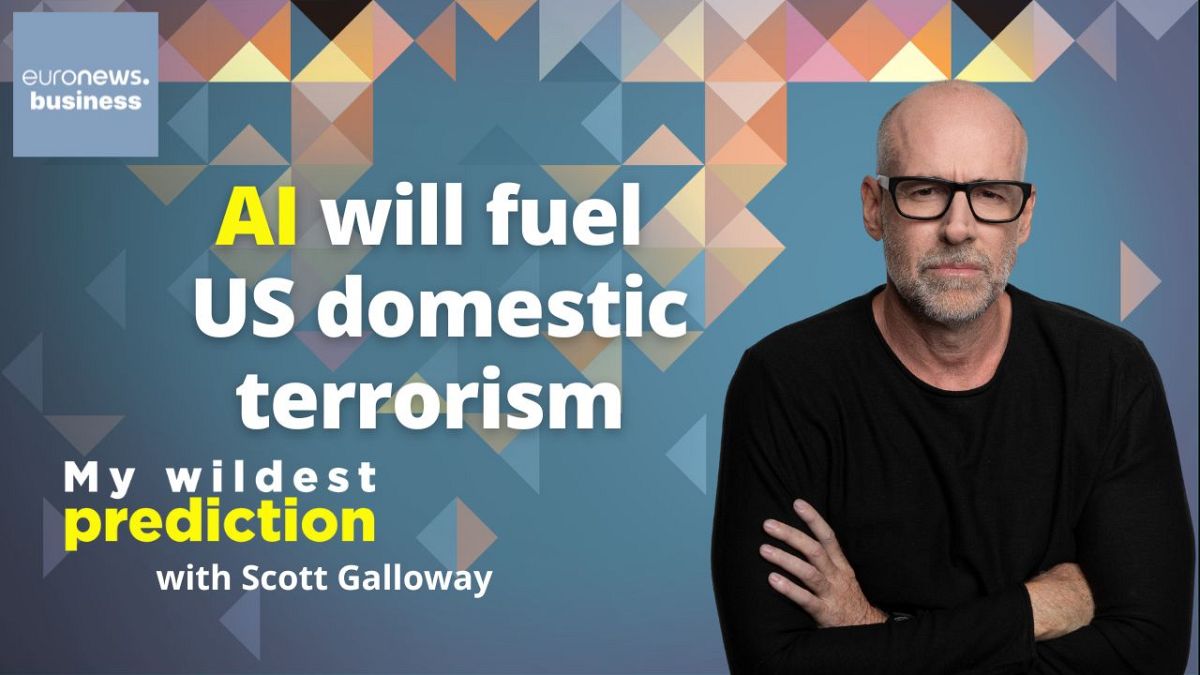









The discourse surrounding artificial intelligence (AI) and its economic implications continues to evolve, particularly with insights from economists like Dr. Geoffrey Williams, who emphasizes that AI is reshaping jobs rather than eliminating them. According to Williams, AI primarily replaces routine tasks, enhancing roles in sectors such as accounting, law, and medicine. He asserts that while jobs will change, they will not disappear entirely; instead, new jobs will emerge as a result of AI integration, potentially leading to a net positive in job creation [227c2f23].
This perspective aligns with the findings of MIT economist Daron Acemoglu, who predicts that AI will have a 'nontrivial, but modest' effect on GDP over the next decade, estimating a GDP boost of about 1%. This is in contrast to more dramatic forecasts from organizations like the IMF, Goldman Sachs, and McKinsey. Acemoglu notes that only 5% of tasks could be profitably performed by AI, with a total increase in AI-driven productivity estimated at 0.7% [392f809a]. He warns of potential negative impacts on welfare and inequality, particularly for low-educated women, and suggests a reorientation of AI focus towards reliable information for problem-solving tasks in various professions [392f809a].
At the recent annual meeting of the American Economic Association in San Francisco on January 7, 2025, AI was the dominant topic. Studies presented indicated that there would be no immediate job massacre due to AI; rather, it is likely to enhance worker productivity instead of replacing jobs. Erik Brynjolfsson, a Stanford economist, noted that AI is complementing workers, especially those in lower-skilled positions. Predictions of job losses in fields like radiology and translation have not materialized, further supporting the notion that AI can coexist with human labor [4cddc348].
Dr. Yeah Kim Leng also highlights the disruptive nature of AI in the Fourth Industrial Revolution (4IR), acknowledging that while job displacement is inevitable, new job opportunities will arise. He stresses the importance of effective social protection systems to facilitate retraining and adaptation for displaced workers [227c2f23]. Major companies such as KPMG, PwC, Citigroup, Microsoft, and Amazon have recently laid off thousands of employees due to AI advancements, illustrating the immediate impact of technology on the workforce [227c2f23].
In a recent analysis, Robert D. Atkinson counters claims made by Erik Brynjolfsson and Gabriel Unger, who suggest that AI will replace high-paying jobs with low-wage service jobs. Atkinson asserts that automation actually increases productivity, leading to new job opportunities, and identifies several fallacies fueling AI fearmongering [38cfe6e0]. He emphasizes that competition will prevent monopolistic profit increases and advocates for embracing AI to boost productivity and improve living standards.
While some studies suggest that AI may increase inequality by benefiting high performers more than low performers, Brynjolfsson emphasizes the need for thoughtful AI system design to promote shared prosperity [4cddc348]. The AI market has surged to over US$184 billion in 2024, with projections to reach US$826 billion by 2030. This growth is reflected in significant investments in AI initiatives, particularly in Malaysia, which attracted US$2.2 billion from Microsoft, US$2 billion from Google, and US$2.1 billion from ByteDance [227c2f23].
Adding to the conversation, Scott Galloway, a professor at NYU Stern, discusses the dual impact of AI, asserting that while it will create new jobs and enhance productivity—especially for skilled workers—it also poses risks of domestic terrorism. Galloway warns that AI tools could be exploited by terrorist organizations, raising concerns about security in the digital age [df2bf228]. He advocates for reducing social media engagement and reevaluating financial transfers from young to old, noting that $1.4 trillion is transferred annually from young to old via Social Security.
In a recent analysis, Eugene Doyle warns of a growing threat from billionaires and military-political elites who are collaborating with AI to consolidate power. He highlights that 2025 is predicted to be a pivotal year for AI, with Mark Zuckerberg stating that billions of AI agents will integrate into daily life. Deloitte forecasts that 25% of companies will deploy AI agents by the end of 2025, rising to 50% by 2027. Bernie Sanders has pointed out the alarming concentration of wealth among individuals like Elon Musk, Jeff Bezos, and Mark Zuckerberg, who possess more wealth than the bottom 50% of Americans [7fc1e8f3].
Concerns over AI's role in warfare and surveillance have also been raised, with calls for global oversight from experts including Geoffrey Hinton and Elon Musk. Hinton warns of AI's potential to surpass human intelligence, emphasizing the need for caution and governance [7fc1e8f3]. While Acemoglu warns against overinvestment in AI at the expense of human skills, Narayanan advocates for teaching children about AI from an early age to foster a more informed public [77562d39].
A recent report from the Brookings Institution highlights that generative AI is reshaping middle-class jobs but raises urgent concerns about its potential to help the poor. The report indicates that 39% of the U.S. working-age population is using generative AI, yet 66% of leaders in 31 countries report they will not hire without AI skills. In Latin America, 66% of executives prefer AI-savvy candidates over experienced ones, but only 7-14% of workers in the region can benefit from generative AI due to stark disparities in access to digital technologies. The report estimates that 17 million jobs in Latin America and the Caribbean could benefit from generative AI, but many lack the necessary digital tools. Immediate policy action is needed to prevent widening global inequalities, especially as sectors like banking, public services, and customer support face high risks of automation [651a73c2].
In a significant development, Goldman Sachs has initiated the rollout of its 'GS AI assistant' to approximately 10,000 employees, marking a strategic move to integrate AI into its workforce. According to CIO Marco Argenti, the AI assistant will handle tasks such as summarizing and proofreading emails and translating code. Argenti predicts that in 3 to 5 years, AI models could blur the lines between human and AI roles. This initiative reflects a broader trend among banks like JPMorgan and Morgan Stanley to adopt AI tools, which may lead to the potential elimination of up to 200,000 jobs in the investment banking sector. However, Argenti emphasizes that AI will not fully replace human workers but will transform the workforce, addressing concerns regarding AI's reliability and cybersecurity risks [8546592f].
As the debate continues, the importance of human judgment in economic forecasting remains a key consideration, alongside the need for a more educated discourse on AI's role in society [b4c7b7f5].